The best way to catch up on The Legend of Zelda series before Breath of the Wild
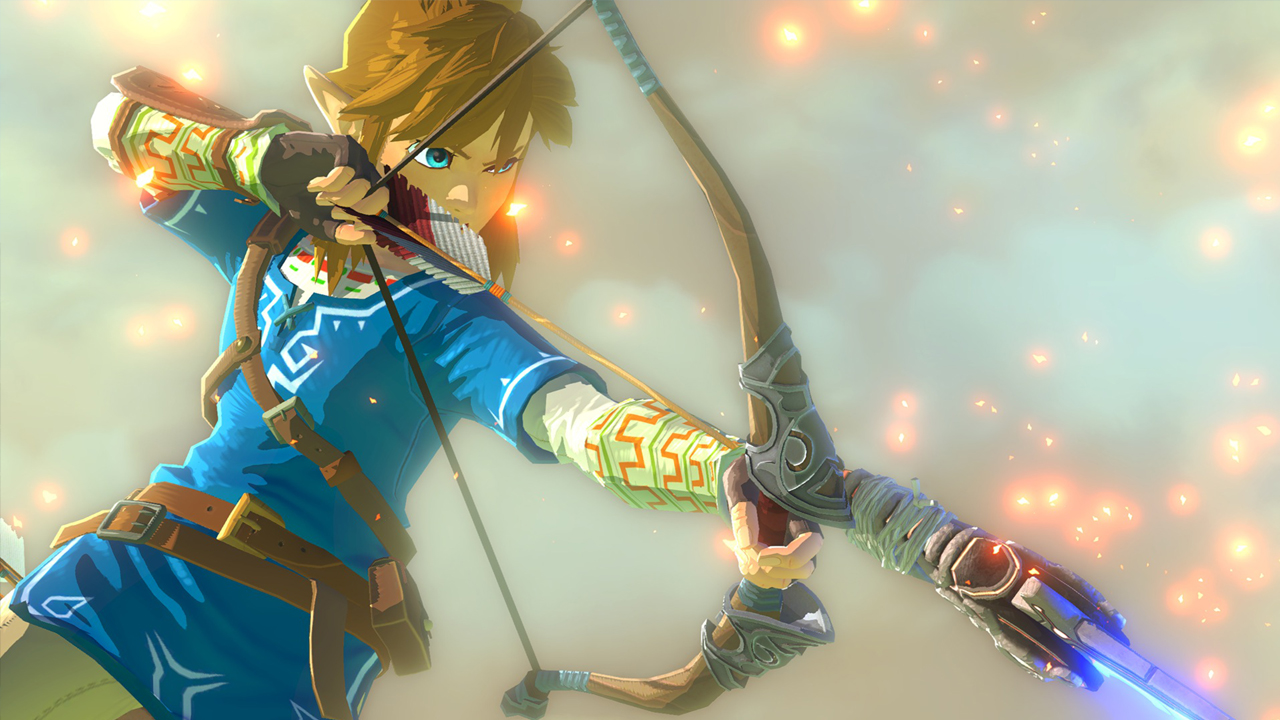
As it is for all lovers, video game fans are often blind to the passage of time. The consoles and games of decades past are, as far as we’re concerned, a natural part of a perpetual landscape. What do you mean you’ve never heard of Mappy? Everyone knows Mappy, you philistine! We forget about the never-ending tide of newcomers to our cherished hobby, who approach long-established series like The Legend of Zelda with no understanding of the game's legacy so far. Surprise: not only are there (lots of) people out there who’ve never played The Legend of Zelda: Ocarina of Time, they don’t even know what Zelda is – other than a fashionable woman’s name that’s 100 years out of vogue.
So, if you're new to the Zelda series – and have no idea why gaming stores, websites, and conventions are drowning in images of a sword-wielding elf wearing an improbably green hat – we’ve got your back, baby. Whether you're thinking about playing The Legend of Zelda: Breath of the Wild – or just finishing up with Nintendo Switch's best launch game – here’s our guide to getting into The Legend of Zelda series. We'll tell you the best order in which to play the games so far, and what 'classic' titles are best ignored.
Where to start - A Link Between Worlds (3DS) and The Wind Waker (Gamecube/Wii U)
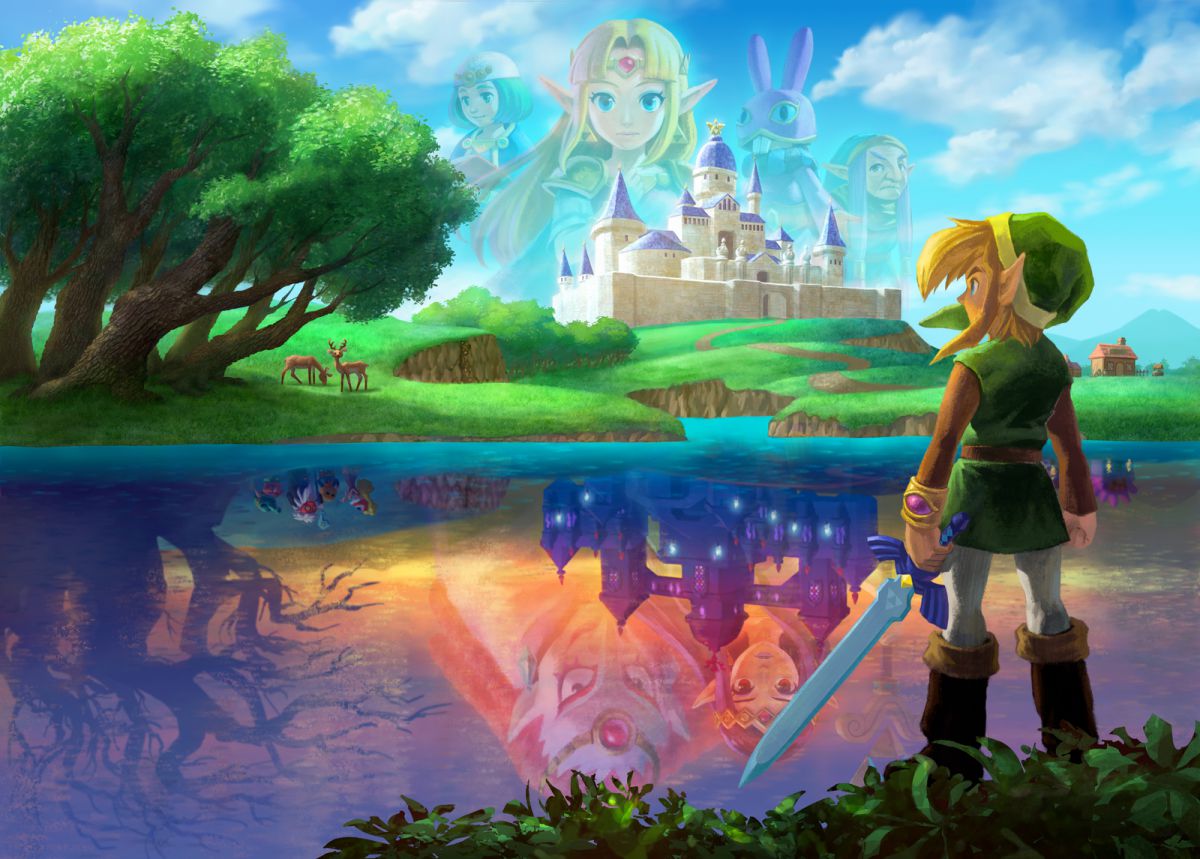
Of the nearly three dozen Zelda games and assorted spinoffs, there are two distinct branches of the Zelda series: the two-dimensional and three-dimensional. All main Zelda games share the same basic structure - start out as a wee elf boy named Link, build an arsenal of peculiar items to both increase your strength and ability to traverse a fantasy landscape, defeat monsters - but where the 3D games tend to draw the experience out for a more filmic story, the 2D games tend to be faster, more compact impressionistic experiences. Think of it like the difference between watching an Avengers movie and reading an Avengers graphic novel.
A Link Between Worlds then is the most accessible version of the original 2D format, and arguably the best game the series has ever produced. Released in 2014 for Nintendo 3DS, Link Between Worlds manages to show you almost everything great about Zelda in just its first hour: an interesting, bright world to explore, puzzles to solve, eccentric characters to meet, and strange items to collect. The 1986 original on NES and A Link to the Past, the Super Nintendo game that shares the same landscape as Link Between Worlds, both plug you into the fantasy land of Hyrule just as quickly.
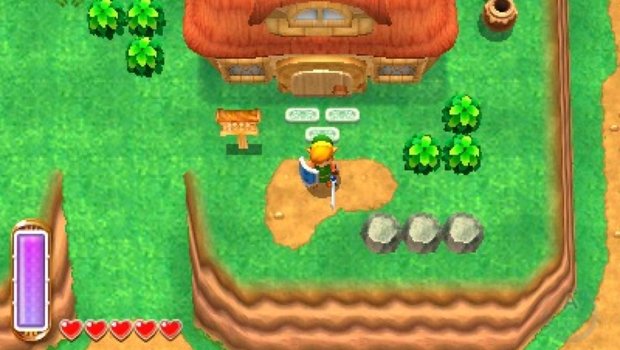
The former is punishingly oblique thirty years later, though, and the latter may be more colorful than Link Between Worlds but it doesn’t offer the same level of freedom to explore the world however you please. Rather than tie its special items and weapons, all of which are needed to solve strange environmental puzzles on your way to conquering evil, to specific dungeons where you’re taught to use them, you’re allowed to rent or purchase nearly all of them from the outset. A Link Between Worlds lets you explore Hyrule and a twisted mirror of the sunny landscape at your leisure, while also playing with silken speed and ease. Just controlling Link, watching from overhead as he trundles through a forest or when he blends into a wall as a living painting - one of the game’s signature hooks - is a pleasure. It never stands in your way and only holds your hand enough to ensure you never feel powerless.
On the 3D end, while Breath of the Wild makes a strong case for itself, it’s also a long, involved, and difficult game. It’s brilliant and distinctive amongst the other Zelda games, but it’s also demanding. Of its peers, The Wind Waker is an ideal starting place, full of the simple but soulful and sweeping drama that’s made the series so profoundly affecting for so many people. Most of your time exploring its archipelago world is spent sailing open seas, hunting for treasure on tiny islands and trying to collect the mystical gewgaws that will prevent the evil, fiery-haired thief Ganon from destroying the world. As with all the 3D games, though, there’s a greater emphasis on emotional scenes between characters like living tree musicians, Link’s own grandmother and sister, and even the lost demigods that failed to protect this Hyrule long before the game started.

All of it’s presented in a vivid cartoon style that simultaneously makes the world feel bigger than it really is and easier to understand as you explore it. Even the older Ocarina of Time can feel visually cluttered and sometimes confusing for anyone unaccustomed to this sort of environmental exploration compared to The Wind Waker. For an inherently slower, more drawn out game experience, it’s a perfect entry point. The Wii U version, with its streamlined end game where you have to collect pieces of a mystical artifact to finish the story and speedier sailing, is ideal for new players but the Gamecube original (and its attendant affordable hardware) is just as good.
Sign up to the GamesRadar+ Newsletter
Weekly digests, tales from the communities you love, and more
What to play next - Link’s Awakening (Game Boy, Nintendo 3DS Virtual Console) and Majora’s Mask (N64, Nintendo 3DS, and Wii/Wii U Virtual Console)
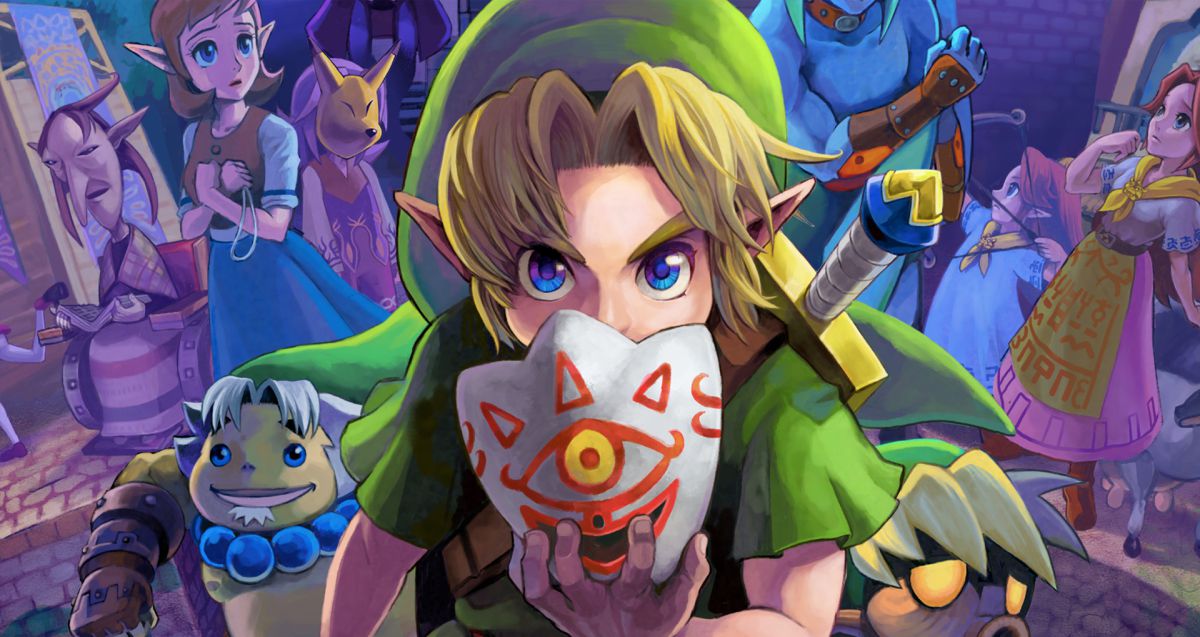
If you adore what you find in A Link Between Worlds and The Wind Waker, there are plenty of options to give you more of the same in slightly altered forms. If the 2D Zelda ends up floating your boat, there’s not only the first Zelda and A Link to the Past, but lovely, idiosyncratic offshoots like The Minish Cap where Link can shrink at will and explore a world of tiny people, Oracle of Seasons where Link can manipulate the weather to solve puzzles and that game’s companion Oracle of Ages where he shifts between past and future. On the 3D side, Ocarina of Time and Twilight Princess offer vast, more Tolkien-esque fantasy worlds in the Wind Waker structure while Skyward Sword, the lone Wii exclusive, doubles down on Waker’s anime-infused style for a lovely (albeit too long) adventure hampered by mandatory motion controls. They are all excellent, but they’re also variations on what you’ve already played and seen in terms of story. For the truly adventuresome looking for more but different experiences, there are darker corners of the Zelda library.
Link’s Awakening is the most remarkable game in the original Game Boy’s library, a game that borrows the look, feel and structure of A Link to the Past but crams it into a black and white handheld console whose tech was antiquated before it even came out. As the dark horse of the 2D Zeldas, Link’s Awakening is unique in terms of actual play and story. In terms of the action, Link explores and collects just like in other games like Link Between Worlds but it was the first time that Link could be stripped of his core sword and shield. His arsenal could be combined in odd, even non-offensive combinations like pairing dashing boots and Roc’s Feather (a tool that let him jump at will, something rare in Zelda games) to leap over huge gaps.
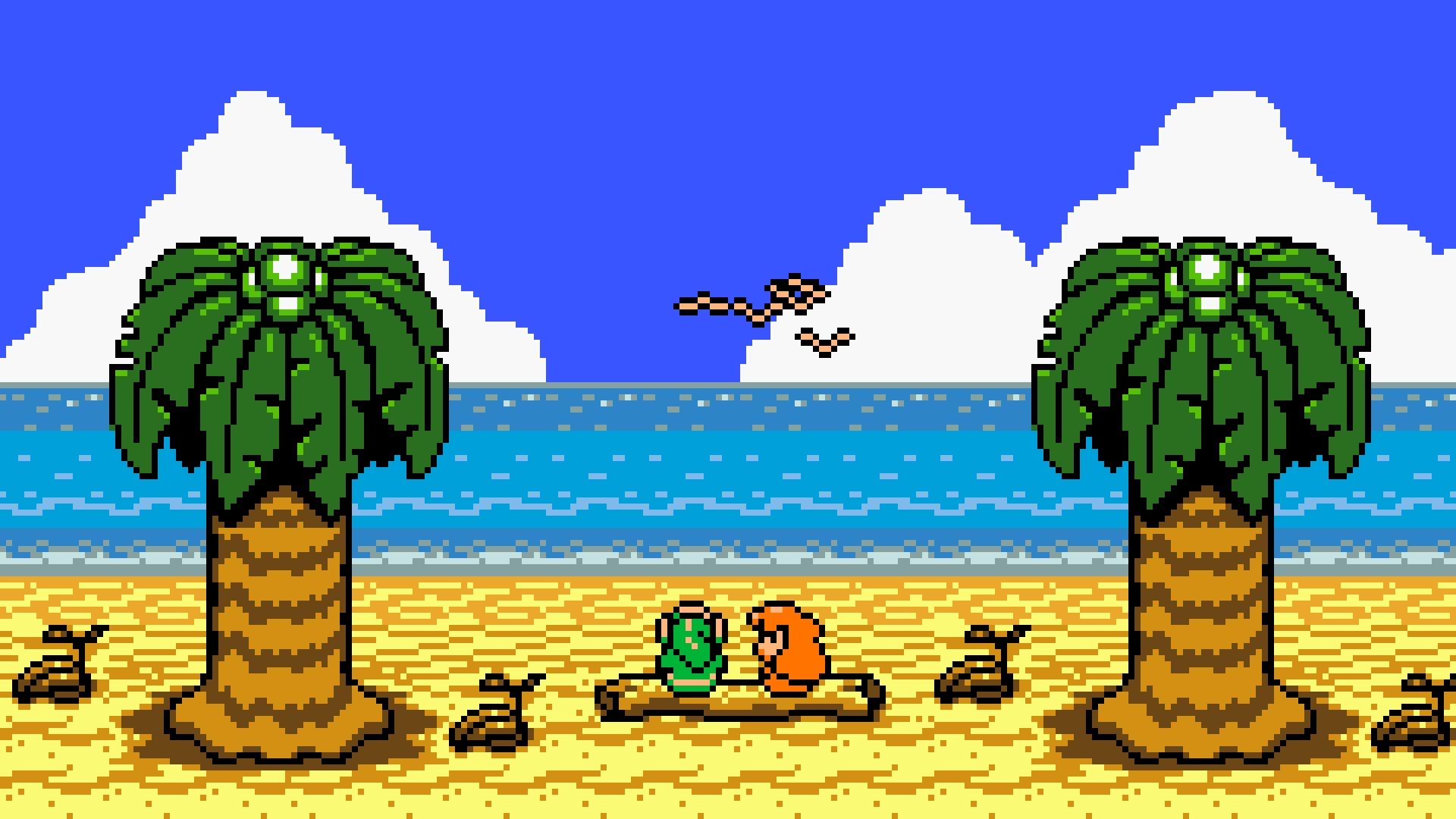
There’s also a whimsical trading game that forces you to get to know the game’s island setting more intimately than in previous games. In Link to the Past, you barely have to interact with townspeople, but in solving the mystery of the Windfish - some kind of omnipotent creature sleeping in an egg atop a mountain in the game - you have to get to know everyone, trading seemingly useless goods like dog food to get a key item later on. The game is preoccupied with dreams and dreamers while also feeling fittingly surreal and dreamlike. A slightly expanded version was released on Game Boy Color, which is also available as a download on 3DS, but if you can track down the black and white version it’s a smoother experience since it’s easier to skip through text.
Equally surreal is Majora’s Mask. Originally released on N64 as that console was entering its last year and recently remade almost from the ground up for 3DS, the game is both smaller and more difficult, more frustrating and more profound than its 3D peers. Taking place in a world where a boy possessed by an evil mask has forced the moon to start falling out of the sky (seriously), Link must constantly relive the world’s last three days, learning and repeating a precise series of tasks to stop the catastrophe and save his horse. It only gets stranger. Rather than collecting a general box of tools, Link wins the day by collecting dozens of masks that can do anything from letting him stay up all night to read people’s mind to completely warping his body in some kind of David Cronenberg does Dungeons and Dragons freak out. In order to get the past ending, Link has to dive even further into the lives of the characters he meets than in Link’s Awakening, knowing their daily routines inside and out and be willing to council them right up to the moment the sky literally falls.
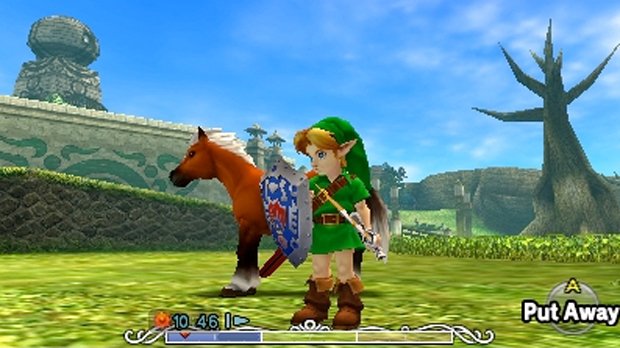
Majora’s Mask can be exhaustingly strange and forbidding, telling you little about how its world works and standing in your way as often as possible. If you can sneak through its thorns, though, the game is rewarding like few others. Playing through it successfully, saving all of its people and completing every quest, feels a hell of a lot like living the one perfect day Bill Murray gets to live at the conclusion of Groundhog Day (the movie Majora’s is always compared to) if it were directed by Alfonso Cuaron. The Nintendo 3DS, with its improved controls and streamlined time travel, is essential for new players.
For the truly hardcore - Zelda 2: The Adventure of Link (NES, Game Boy Advance, Wii/Wii U/3DS Virtual Console)
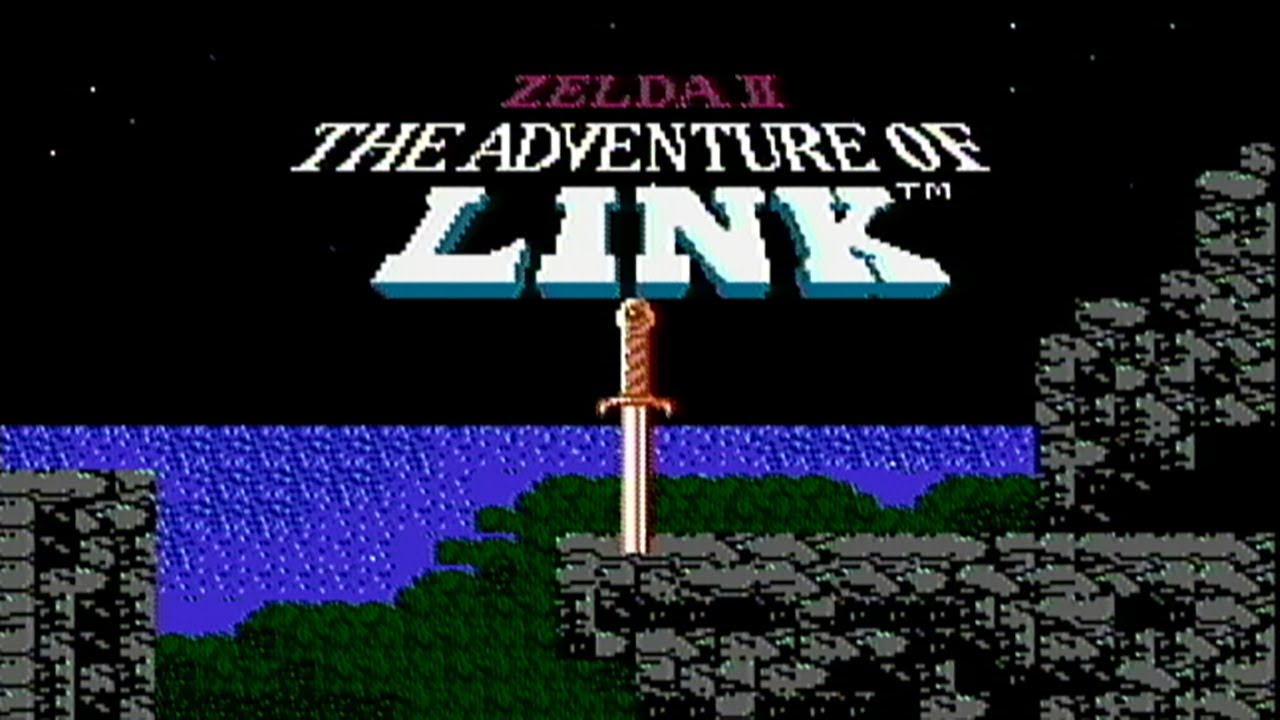
Nintendo used to get downright dangerous with its sequels, making follow ups to successful games that barely resembled their predecessors. The most famous of these was Zelda 2 for the NES, a bruiser of an action RPG whose structure and entire aesthetic has never been reprised. Unlike every other Zelda, the exploration and action are segregated completely. As a super tiny Link, you wander a much larger countryside full of towns where the local inhabitants are in some kind of trouble. In exchange for helping them out - saving a kidnapped boy, finding a lost mirror - town elders will teach Link magic spells which he has to use to conquer temples and rescue Princess Zelda. (Not the Princess Zelda from the first game, even though this is a direct story sequel. It’s a different Zelda who’s been asleep for decades because of a gnome. Uh huh.)
Temples, caves, and other places infested with monsters force you to fight through from a side-on perspective as in other classic action games like Castlevania. Link appears as a tall teenager with a perpetual dopey grin on his face, swinging a painfully short sword and collecting experience points from downed bad guys to raise health, magic, and attack power. The action has a singular rhythm to it, with Link capable of fast, wide-arced jumps but he’s also incredibly fragile. No other Zelda game pummels you with relentless enemies like this. One false move and you’re done. Lose all your extra lives - this is also the only Zelda where your attempts are limited - and you’re sent all the way back to the beginning of the map.
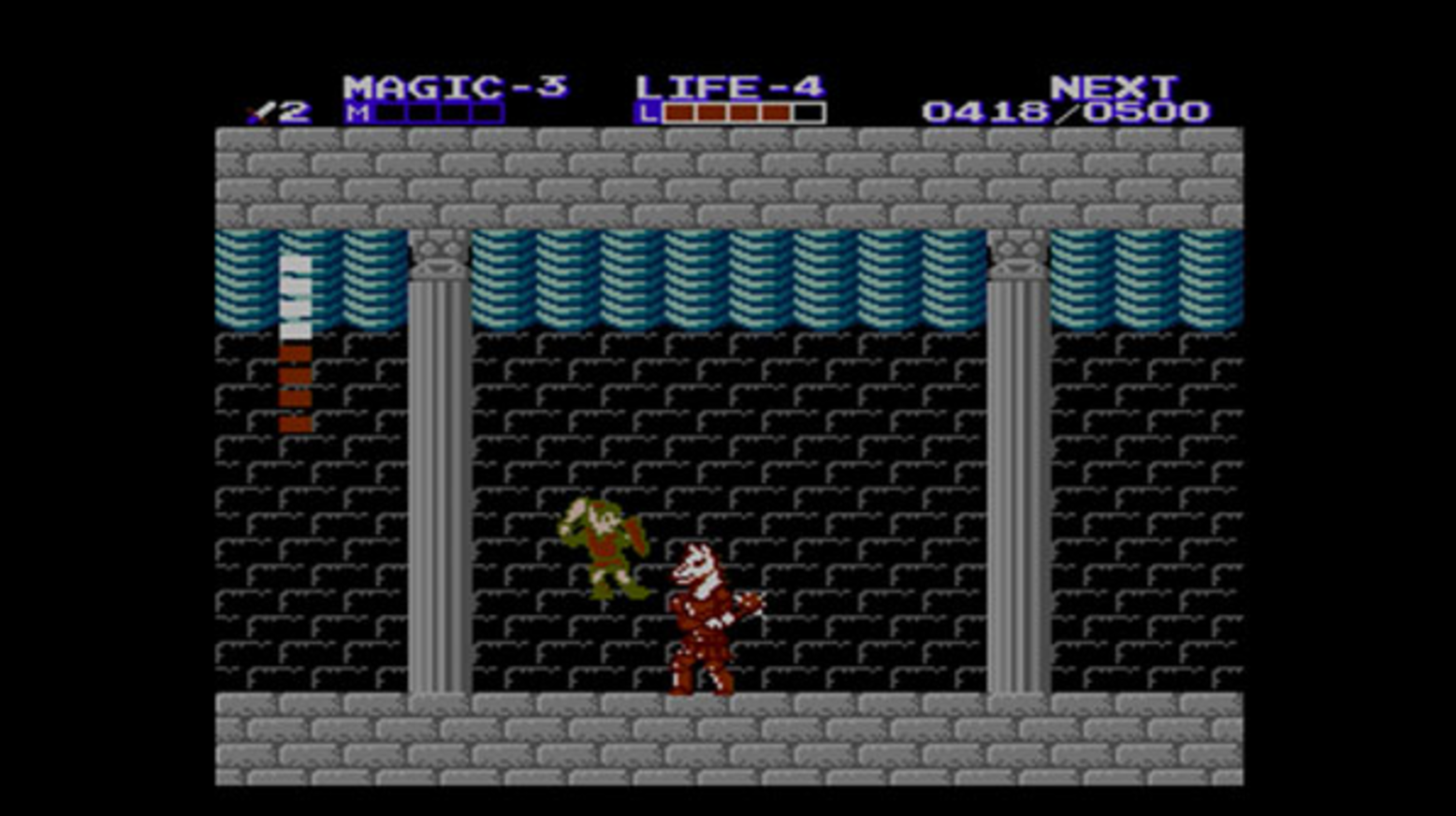
This is an unfriendly game and it doesn’t have a story full of likable characters to carry you through. As grueling as Zelda 2 can be, though, it’s worth playing just to look at, hear, and feel it in action. Nintendo never made anything this forbidding again afterward and it’s fascinating to see the roots of its creators. (The designer went on to direct Ocarina of Time, an inventive but more forgiving game.) It’s also beautiful thanks to a haunting soundtrack and a colorful but desolate landscape. Breath of the Wild’s feeling of a faded civilization being reclaimed by nature is echoed here. Every Nintendo machine with a Virtual Console supports Zelda 2, so it’s there if you’re brave enough to acquire a taste for it.
What to avoid - Phantom Hourglass (Nintendo DS)
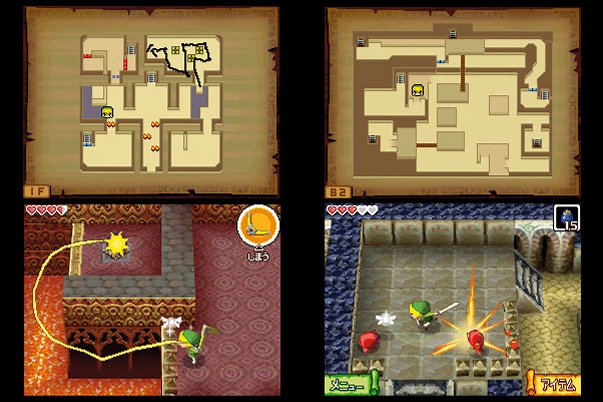
The reality is that there aren’t any Zelda games that absolutely have to be avoided. Even the ones that are astonishingly bad like the infamous Philips CD-i spin-offs are at least fascinating in their terribleness. No one’s going to go out there and call Tingle’s Rosy Rupeeland a good game, but there’s no denying that it’s laudably different. The technically worst Zeldas are marked with the natural failures of experimentation. By that measure, the ones that should be avoided are the ones that are the blandest. None are more bland than Phantom Hourglass, a sleepy, overlong milquetoast DS game built to be a Zelda game accessible to players of all stripes but ill-suited to anyone as a result.
Coming at the peak of the Nintendo DS’ popularity, Phantom Hourglass is played entirely using the touch screen. The basics work well; tap and hold to the right of Link and he walks over there, tap an enemy and he hits it with his sword. Familiar items like the boomerang are used by drawing a path for it on the screen, the same way you navigate the cartoon high seas reprised from Wind Waker here. Along with its cramped, small environments and soft challenges, the touch interface conspires to slow everything in Phantom Hourglass way, way down. Making matters worse is that it makes you repeat almost everything you do, the worst example being a persistent dungeon you have to go back to after every new island. Solving just a basic puzzle can lead to a good long nap playing this game. (Its follow up, the oddball Spirit Tracks where Link is a magical train conductor, is no less poorly paced but come on. Link’s on a train! Woo woo!) The shame of it is that the touch scheme is actually fun to mess around with. Phantom Hourglass just never trusts you long enough to really cut you loose with them.



